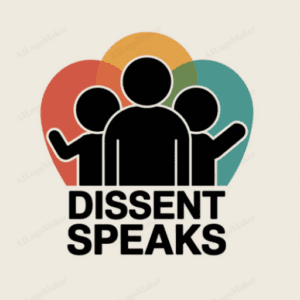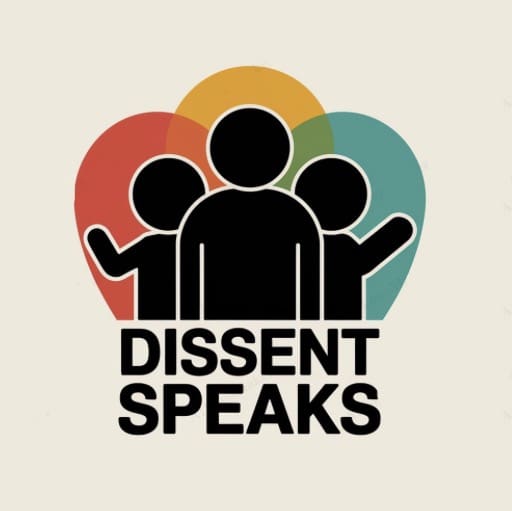Understanding the 2025 Executive Order on Free Speech: A Turning Point for Digital Communication
In a bold move that signals a significant shift in the relationship between government and social media, President Biden has signed an executive order titled “Restoring Freedom of Speech and Ending Federal Censorship.” This sweeping directive aims to reshape how federal agencies interact with social media platforms and address concerns about government involvement in content moderation. Let’s dive deep into what this means for Americans and the future of online discourse.
The Heart of the Matter
At its core, this executive order addresses a fundamental tension in modern democracy: the balance between protecting free speech and managing the spread of harmful information. The order specifically prohibits federal agencies from influencing social media platforms to censor speech, marking a decisive break from previous practices where government officials allegedly pressured platforms to moderate or remove certain content.
The order’s primary objectives are clear:
- Prohibit federal agencies from influencing social media content moderation
- Mandate a review of past censorship practices
- Ensure taxpayer resources aren’t used for censorship
- Investigate past instances of potential government overreach
Historical Context and Why It Matters
This executive order doesn’t emerge from a vacuum. It follows years of heated debate about the role of government in digital speech regulation. During the COVID-19 pandemic, questions arose about the appropriate balance between public health information and free speech rights. The controversy intensified as social media platforms collaborated with government agencies to address what they termed “misinformation.”
The Constitutional Framework
The order strongly emphasizes the First Amendment, positioning itself as a guardian of constitutional rights. It’s worth noting that the First Amendment specifically protects against government censorship, not actions by private companies. This distinction becomes crucial when examining the order’s implications for social media platforms, which retain their right to moderate content independently.
Practical Implications
For Government Agencies
The order creates immediate constraints on federal agencies’ interactions with social media companies. Agencies must now:
- Cease any activities that could be interpreted as pressuring platforms to moderate content
- Review and document past practices related to content moderation
- Develop new protocols for engaging with social media platforms
For Social Media Platforms
While the order doesn’t directly regulate private companies, it may lead to:
- Reduced government guidance on content moderation
- Greater autonomy in decision-making about content policies
- Potential need to revise existing cooperation frameworks with federal agencies
For Users
American social media users might notice:
- Potentially different content moderation practices
- More transparency about government involvement in content decisions
- Changed dynamics in how health and safety information is shared online
Critical Perspectives
While the order presents itself as a straightforward protection of free speech, experts highlight several complexities:
Potential Benefits
- Enhanced transparency in government-platform interactions
- Stronger protections against government overreach
- Clearer boundaries between public and private content moderation
Possible Challenges
- Reduced ability to combat genuine threats to public safety
- Potential gaps in coordinating responses to crisis situations
- Questions about handling legitimate national security concerns
Looking Ahead
The implementation of this order will likely spark significant debate and possibly legal challenges. Key areas to watch include:
- How social media platforms adjust their content moderation policies
- The outcome of the mandated investigation into past practices
- The development of new frameworks for government-platform cooperation
- International implications and reactions
The Bigger Picture
This executive order represents more than just a policy change—it’s a statement about the relationship between government power and digital speech in modern democracy. As we move forward, the challenge will be finding the right balance between protecting free expression and addressing legitimate concerns about harmful content online.
Recommendations for Citizens
To stay informed about these changes:
- Monitor official communications about implementation
- Pay attention to how social media platforms update their policies
- Stay engaged in public discourse about digital rights
- Consider consulting legal experts about specific speech concerns
Conclusion
The “Restoring Freedom of Speech and Ending Federal Censorship” executive order marks a significant shift in how the U.S. government approaches online speech regulation. While its full impact remains to be seen, it clearly signals a new chapter in the ongoing dialogue about freedom of expression in the digital age. As we move forward, maintaining a balance between free speech and public safety will require careful consideration and ongoing dialogue between all stakeholders involved.
The success of this order will ultimately be measured not just by its legal implementation, but by its ability to foster a healthier, more transparent environment for online discourse while protecting legitimate public interests. As citizens, we all have a stake in how this balance is struck.


